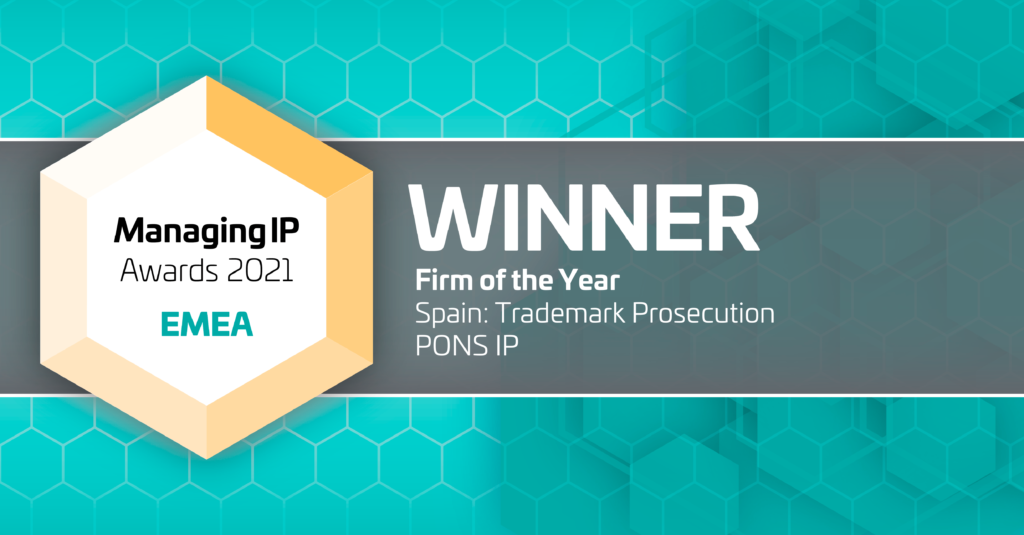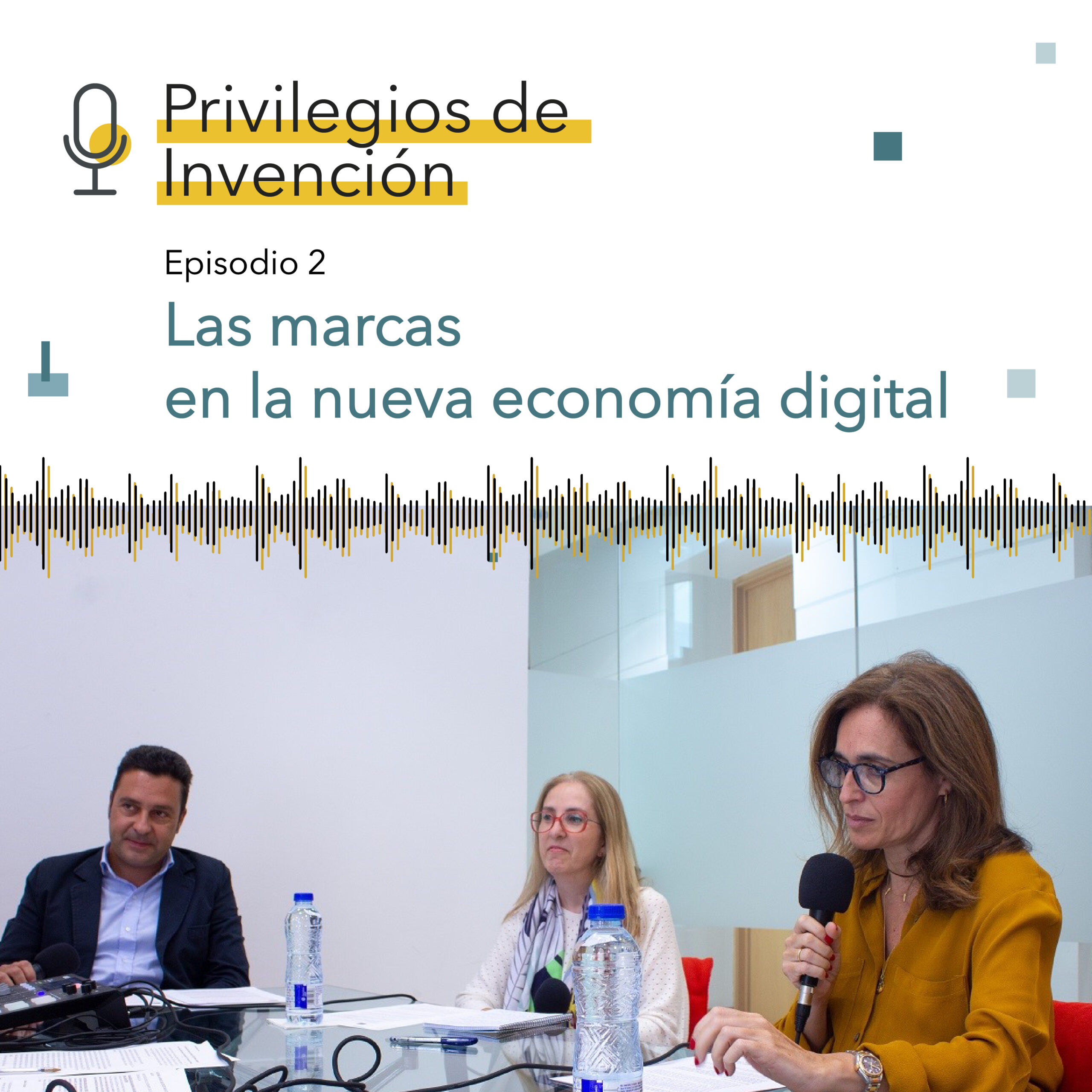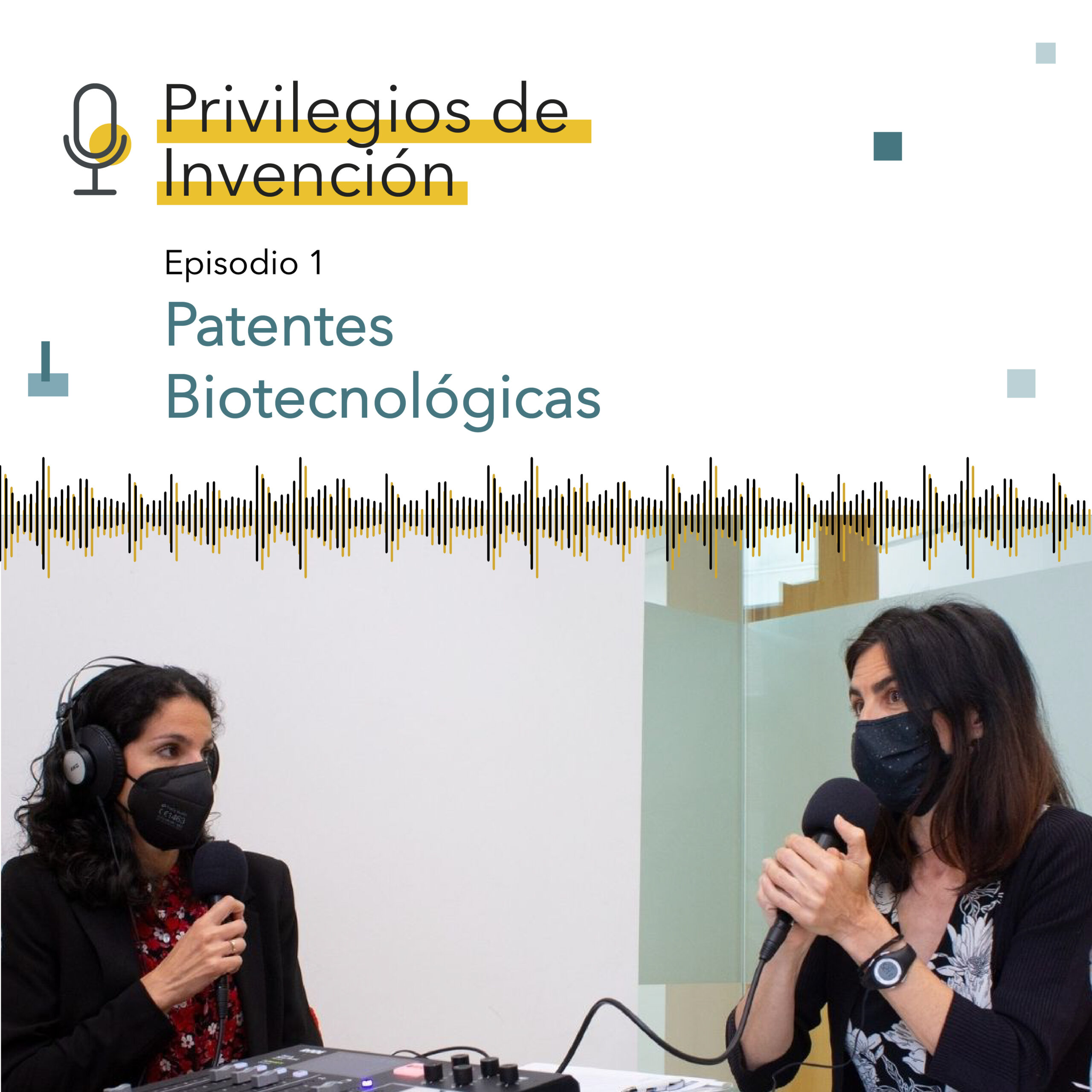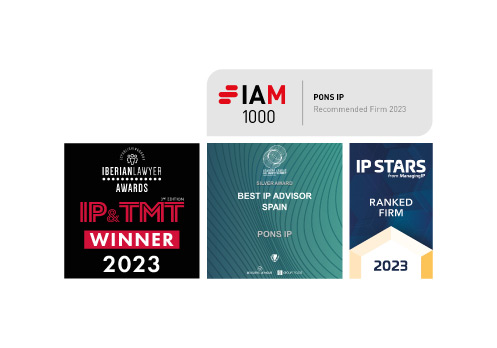Comment to the STGUE (Judgment of the European General Court), dated February 10, 2021 (PANTHÉ – PANTHER case)
- Introduction
The European General Court (EGC) has recently dismissed an appeal filed by El Corte Inglés through which the well-known department store sought to obtain a refusal to the registration of a trademark that is considered to be incompatible with “Panther”, a trademark that has been registered since 1955, that is, for more than 50 years.
The ruling of this case reveals that, sometimes, the precedent departs from its most usual or strong positions, in order to find fairer solutions that seem to be aim at ensuring that trademarks continue fulfilling their function in a constantly evolving market. Therefore, a new path is opened to emerging companies that struggle to find their own identification when choosing a sign to peacefully differentiate their products and services from those of their competitors in an increasingly crowded trademark world.
- Outline of the conflict

When El Corte Inglés detected the intended trademark, it filed an opposition to the granting of the registration, on the grounds that there are several similarities between them that may cause a likelihood of confusion and/or association in the public. The opposition was only filed against clothing and headgear items, without objecting to other products and services in the application.
In short, El Corte Inglés argued that both trademarks could not peacefully coexist in the market because the similarity between the names PANTHER – PANTHÉ inevitably led to the conclusion that there was also a conceptual and phonetic similarity between them, in addition to their similar products, implying a likelihood of confusion.
- Position of the EGC in the aforementioned judgment.
Probably, El Corte Inglés did not expect that the European Union Intellectual Property Office (EUIPO) and the EGC could reach the following conclusions: (i) that the word trademark “PANTHER” (the oldest and the most useful in this case, taking into account that the figurative elements were quite different) was not used effectively and sufficiently in order to be considered in the opposition, automatically discarding it for comparison purposes; (ii) that, visually, ECI trademarks were very different from the one submitted for application due to the prevalence of the panther drawing in its previous trademarks; (iii) that this visual difference and the importance of the panther allowed for assuming that the trademarks were conceptually different and, finally; (iv) that, due to the specific product type and the way it was acquired by the consumer, the visual aspect was more relevant than the phonetic one when studying the comparison of the signs.
EUIPO’s conclusion in the opposition, which was later confirmed in the Appeal decision and also in the EGC’s Judgment, was that, given the visual and conceptual differences, a likelihood of confusion between both trademarks was not possible and, therefore, the trademark submitted for application should be granted the registration despite El Corte Inglés’ opposition.
- The traditional doctrine of the word element relevance. Exceptions established by the most recent precedent.
As mentioned at the beginning, the European precedent has maintained a clear position regarding the comparison of mixed trademarks (those composed of both a word and a figurative element), which focuses more on the similarities in the word element than in the graphic element.
In the Guidelines for trademark examination before the Office, EUIPO states that, in general, the word component has the greatest impact on the public, as people refers to trademarks by their name (and not by a description of their figurative elements), which is precisely what the memory retains (judgment dated 07/14/2005, T-312/03, Selenium-Ace, EU:T:2005:289, § 37; rulings dated 12/19/2011, R 233/2011-4, Best Tone, § 24).
However, in its Guidelines, EUIPO also clarifies that it is not possible to determine if the word element of a sign has automatically a strong impact (judgment dated 01/31/2013, T-54/12, Sport, EU:T:2013:50, § 40) and that, in certain cases, the figurative element of a composite trademark may have the same importance as the word element (judgment dated 11/23/2010, T-35/08, Artesa Napa Valley, EU:T:2010:476, section 37).
Thus, the recent trends in precedents in the analysis of mixed trademarks, as in this case, have focused on studying, in detail, the importance of both figurative elements and their differences, as well as on verifying whether such element has a significant impact on their overall visual impression or not in the context in which signs coexist.
- Circumstances assessed by the precedent in order to apply the doctrine of graphic element relevance.
In this judgment, the General Court reflects on the way in which the specific products in dispute are acquired. And this is precisely where one of the most striking elements of the argument lies, as the court considers that the phonetic aspect (that, in many cases, is key) becomes less important in contexts in which the consumer is the one that chooses the textile product, paying more attention to graphic elements (logos) of trademarks, contrary to the past, when an item was ordered at the counter and the product trademark was specified by its word element, confusing trademarks that were similar. The ruling argues as follows:
“Accordingly, the level of phonetic similarity between two trademarks becomes less important in the case of products whose trademarks tend to be visually identified by the target public when purchasing such products.
(…) generally, in clothing stores, clients choose clothes themselves or are helped by the sales staff. While verbal communication regarding products and their trademarks is not excluded, the choice of a garment is generally made visually. Therefore, the visual perception of the products’ trademarks tends to occur before purchasing. Clearly, the visual aspect plays a more important role in the overall appreciation of the likelihood of confusion”.
- Closing remarks.
After the analysis of this case and the EGC Judgment, it seems easy to assume that, in the retail world, the criterion closer to precedents will increasingly follow this trend that focuses more -in an era of e-commerce and fast fashion– on the visual and conceptual level than on the word element in those cases in which the consumer does not need to pronounce the trademark name, that is, to refer to it in front of third-parties verbally in order to purchase a product or service.
Therefore, we must wait to know if, finally, El Corte Inglés loses this battle or, on the contrary, if it decides to put more efforts into this matter by lodging an appeal before the Court of Justice of the European Union, who could void the ruling of the EGC and thus resolving the litigation itself, or submit the case to the General Court, which would be bound by the ruling of the Court of Justice.
Claudia Oleaga Maguregui. Lawyer | Legal Department, PONS IP.
Violeta Arnaiz Medina. Lawyer and Intellectual Property Manager – Trademarks | Legal Department, PONS IP.




